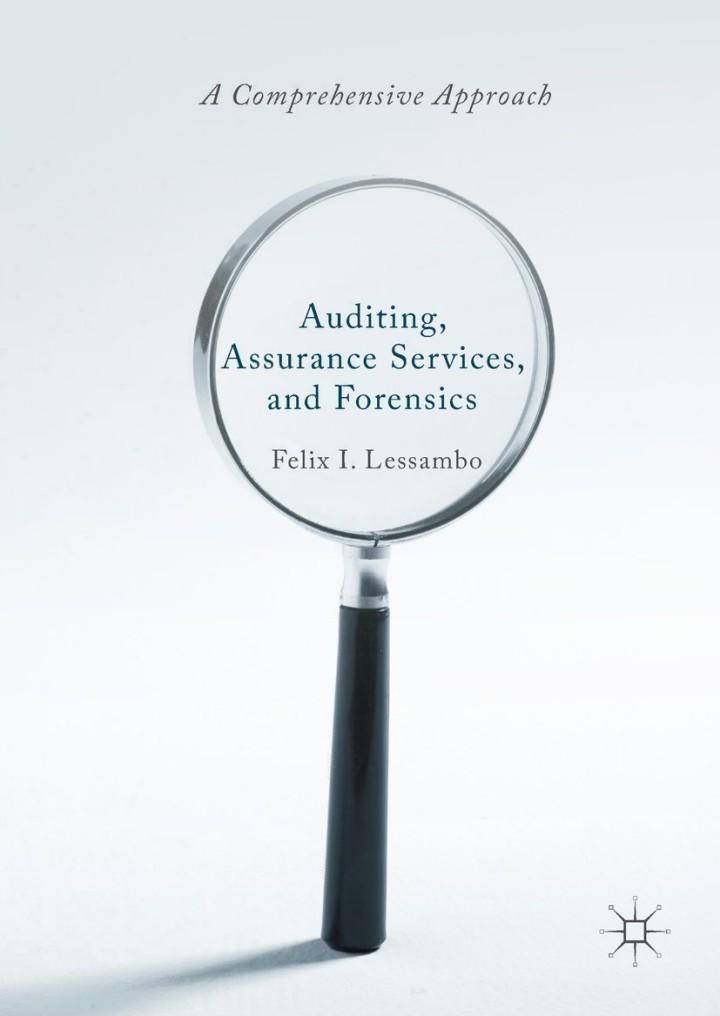Question
Cambridge, Inc. is an S corporation. Courtesan, Inc., wants to acquire Cambridge for cash. Cambridges shareholders have a tax basis in their stock of $5,000
Cambridge, Inc. is an S corporation. Courtesan, Inc., wants to acquire Cambridge for cash. Cambridges shareholders have a tax basis in their stock of $5,000 (they have held the stock for 5 years), and Cambridge has assets with a net tax basis of $5,000 (cost = $7,500, accumulated depreciation = $2,500). Cambridge has no liabilities. Assume that the transaction can be structured one of two ways: Option 1: As a taxable stock acquisition without a Section 338(h)(10) election Option 2: As a taxable stock acquisition with a Section 338(h)(10) election (Recall that this election results in the transaction being taxed as an asset sale). Further assume that Courtesan is willing to pay $12,500 to acquire Cambridge under either structure and that all depreciation claimed to date must be recaptured to the extent of the purchase price. Assume that no additional taxes will apply in an asset sale due to US Tax Code restrictions relating to S corporations. a. How much cash after tax will Cambridges shareholders have under Option 1? Assume the tax rate appropriate for capital gains is 20% and for ordinary income is 40%. b. How much cash after tax will Cambridges shareholders have under Option 2? Assume the tax rate appropriate for capital gains is 20% and for ordinary income is 40%. c. Assume that Courtesan is willing to pay $12,500 using Option 1. At what purchase price P when employing Option 2 are Cambridges shareholders indifferent between the two transaction options? d. Given the purchase price you computed in part (c), which structure is optimal from Courtesans perspective (Option 1 at a purchase price of $12,500 or Option 2 at a price P computed in part [c])? Assume any step-up amount is depreciated/amortized over 10 years using the straight-line method, the marginal tax rate for Courtesan is 21 %, and the after-tax discount rate is 12%. e. What is the maximum price that Courtesan will pay under Option 2 assuming that Courtesan will pay $12,500 under Option 1? Assume that any step-tup amount is depreciated/amortized over 10 years using the straight-line method, the marginal tax rate for Orleans is 21%, and the after-tax discount rate is 12%. f. Should the section 338(h)(10) election be made? Why or why not? g. Assume you are an advisor to Cambridges shareholders and they agreed to pay you 30% of any after-tax increase in their wealth associated with your advice on this transaction. Could you increase their after-tax wealth beyond what they receive under Option 1? If yes, explain briefly how (20 words will do). If yes, how much could you increase their wealth after tax approximately (before your 30% fee) if Cambridge persuaded Courtesan to pay the maximum price computed in part(e)? How much would you stand to make if they listened to you? Use the assumptions in part (e) if necessary.
Step by Step Solution
There are 3 Steps involved in it
Step: 1

Get Instant Access to Expert-Tailored Solutions
See step-by-step solutions with expert insights and AI powered tools for academic success
Step: 2

Step: 3

Ace Your Homework with AI
Get the answers you need in no time with our AI-driven, step-by-step assistance
Get Started


